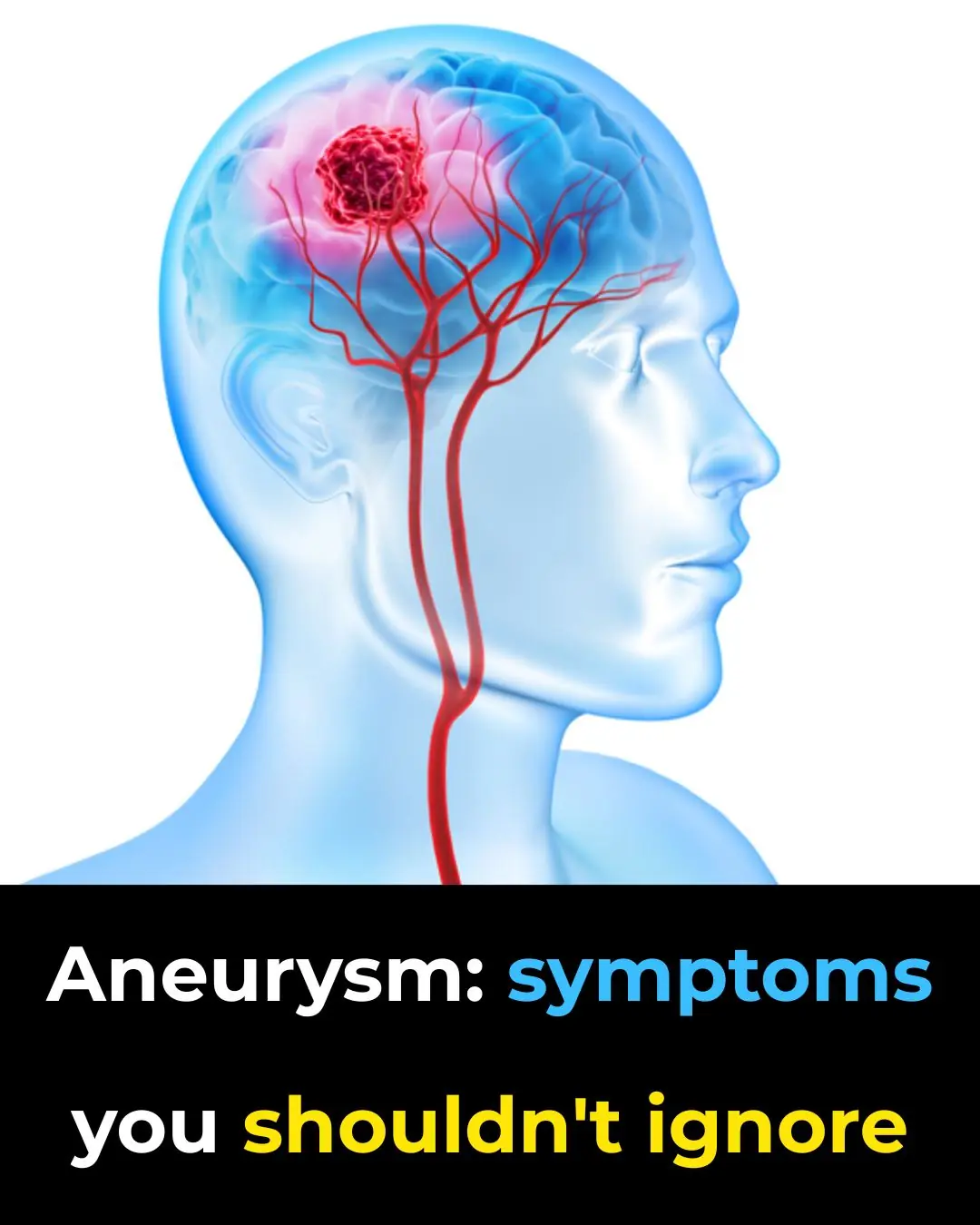
Warning Signs You Should Never Ignore: The Silent Symptoms of a Brain Aneurysm
A brain aneurysm — also known as a cerebral or intracranial aneurysm — occurs when a blood vessel in the brain develops a weak, bulging spot that looks like a “berry” hanging from a stem. While many aneurysms remain harmless and never cause symptoms, a rupture can lead to a life-threatening hemorrhagic stroke within minutes.
Understanding the signs, risks, and complications can save lives. Here’s what every person should know.
What Is a Brain Aneurysm?
A brain aneurysm forms when constant blood pressure pushes against a weakened area of an artery wall, causing it to balloon outward. If the aneurysm leaks or bursts, blood spills into the space surrounding the brain — a dangerous condition known as a subarachnoid hemorrhage.
Most aneurysms are small and do not rupture. Many are discovered accidentally during scans done for unrelated health issues. But a ruptured aneurysm is a medical emergency requiring immediate treatment.
Types of Brain Aneurysms
✅ Saccular (Berry) Aneurysm
The most common type. A round, blood-filled sac bulges from an artery, usually near the base of the brain.
✅ Fusiform Aneurysm
The artery expands outward on all sides, creating a spindle-shaped dilation.
✅ Mycotic Aneurysm
Caused by an infection that weakens the arterial wall.
Symptoms of a Ruptured Aneurysm
A ruptured brain aneurysm typically causes a sudden, severe headache — often described as:
“The worst headache of my life.”
Other symptoms may include:
-
Nausea and vomiting
-
Stiff neck
-
Blurred or double vision
-
Sensitivity to light
-
Seizures
-
Loss of consciousness
-
Confusion or disorientation
This is a medical emergency. Call 911 immediately.
Symptoms of a “Leaking” Aneurysm
Sometimes a small amount of blood escapes before a major rupture. Warning signs may appear days or even weeks beforehand.
Common symptom:
-
A sudden, intense headache that persists for days.
This should be treated as a red flag.
Symptoms of an Unruptured Aneurysm
Many unruptured aneurysms cause no symptoms unless they are large enough to press on nerves or brain tissue.
Possible signs include:
-
Pain above or behind one eye
-
Dilated pupil
-
Blurred or double vision
-
Numbness on one side of the face
-
Seizures
When to Seek Medical Care
Get emergency help immediately if:
-
You or someone nearby experiences a sudden, severe headache
-
Someone loses consciousness
-
A seizure occurs
Time is critical. Fast treatment can prevent fatal complications.
What Causes Brain Aneurysms?
Aneurysms form when artery walls weaken. They most often occur at branching points of arteries at the base of the brain.
Several factors increase the risk, including:
✅ Lifestyle & Medical Factors
-
Smoking
-
High blood pressure
-
Heavy alcohol use
-
Use of stimulant drugs (especially cocaine)
-
Certain blood infections
-
Head injuries
✅ Inherited or Genetic Conditions
-
Ehlers–Danlos syndrome and other connective-tissue disorders
-
Polycystic kidney disease
-
Brain arteriovenous malformations (AVMs)
-
Narrowing of the aorta (coarctation)
-
Family history of brain aneurysm — especially two or more first-degree relatives
Aneurysms most commonly occur in adults aged 30–60, and women are affected more frequently than men.
Risk Factors for Rupture
Some aneurysms are more likely to burst:
-
Large size
-
Irregular shape or “daughter sac”
-
Certain locations in the brain
-
Smoking
-
Uncontrolled high blood pressure
Complications After a Rupture
A ruptured aneurysm may stop bleeding quickly, but even a brief hemorrhage can cause serious damage.
Possible complications include:
🔴 Rebleeding
The aneurysm may bleed again, causing further brain injury.
🔴 Vasospasm
Blood vessels constrict after a hemorrhage, cutting off blood flow and leading to ischemic stroke.
🔴 Hydrocephalus
Blood blocks normal cerebrospinal fluid drainage, causing a dangerous buildup of fluid and pressure in the brain.
🔴 Electrolyte Imbalance
Bleeding may lower sodium levels, resulting in brain swelling and permanent damage.
Prevention: What You Can Do
While not all aneurysms can be prevented, certain habits significantly reduce risk:
✅ Quit smoking
✅ Control blood pressure
✅ Limit alcohol
✅ Avoid drug use, particularly cocaine
✅ Manage chronic medical conditions with your doctor
If you have a strong family history of aneurysms, talk to your healthcare provider about screening.
Final Thoughts
Brain aneurysms are often silent — until they’re not. Recognizing early warning signs, understanding your risk, and seeking immediate help for severe, sudden headaches can save your life or the life of someone you love.
News in the same category


Why drinking your sugar is more harmful for diabetes than eating it, study finds

Thyme Essential Oil Shows Signs of Killing Lung, Oral and Ovarian Cancer

How to cleanse your kidneys using this natural, home made drink

Science backs it up: 3 fruits that fight liver fat, regulate sugar and cholesterol

People whose mouths feel dry when sleeping at night need to know these 8 reasons
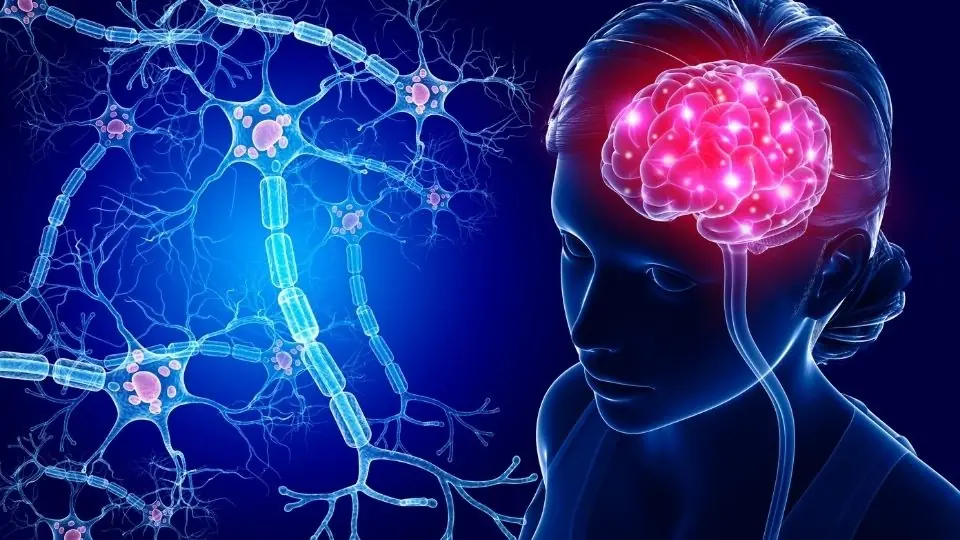
Scientists explain shocking reality of what your brain sees right before you die

Neurologist Advises Ceasing Beer Consumption by Age 65

Drinking Water on an Empty Stomach: Japanese Water Therapy, What Science Says, and More
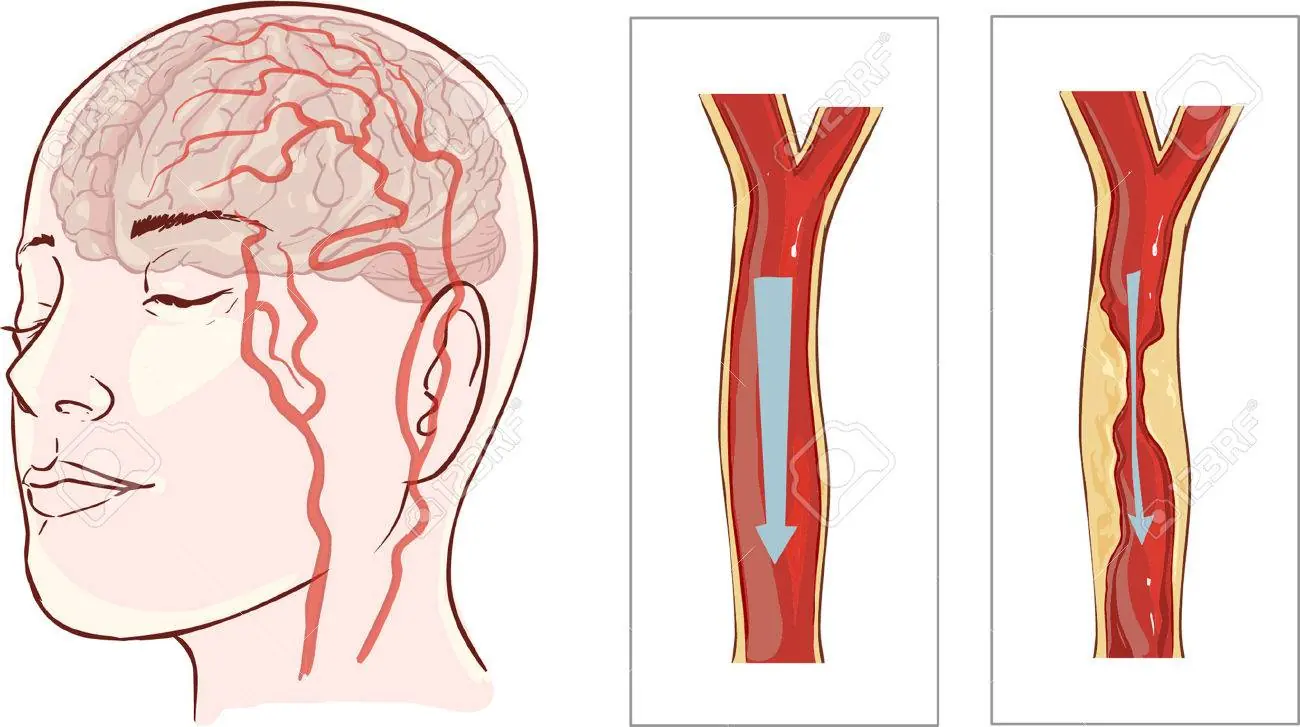
Eat This — It Opens Arteries to Your Heart and Brain

Eat this before bed? Doctors are stunned by the results

The Vitamin and Tea Combo Linked to Alzheimer’s Protection

The 7 Silent Causes of Poor Leg Circulation — And How to Fix Them Naturally
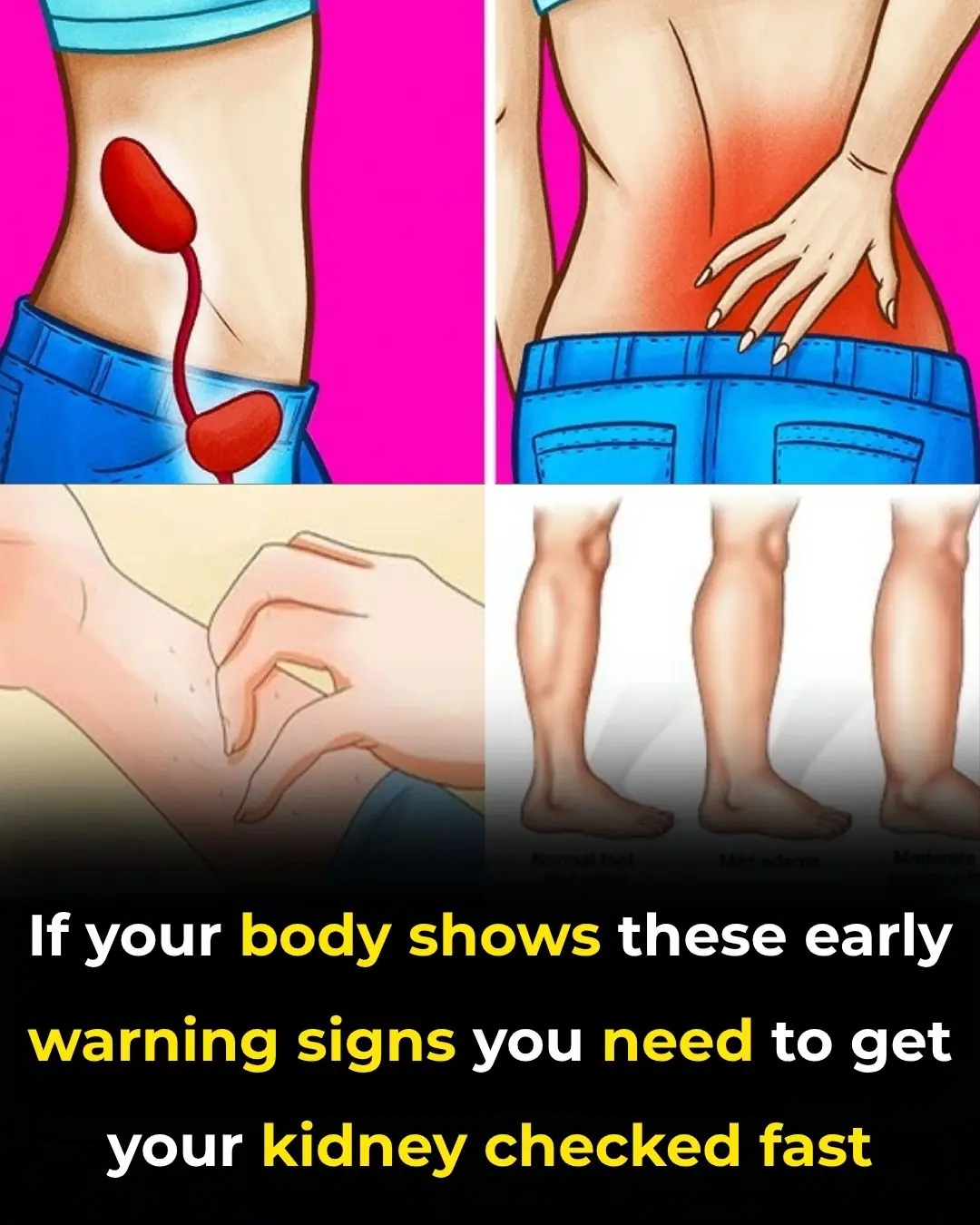
Early Signs of Kidney Disease & How to Protect Your Kidneys (Evidence Based)

1 cup a day takes joint pain away naturally

Feeling sluggish after meals? 7 natural ways to improve bile flow and boost digestion

Don’t ignore these 12 bizarre signs you need more vitamin B1!

Orange & Ginger Cleanse Juice for Kidneys, Lungs & Liver

Thyme: The Natural Remedy for a Variety of Health Problems
News Post

Eating Steamed Sweet Potatoes Every Day: A Woman Shocked by Her Liver Test Results

Model Loses Both Legs After Toxic Shock Syndrome From Everyday Tampon Use

Before And After: Woman With Extreme Lip Enhancements Reveals Old Look

Tragic End: Georgia O’Connor Passes Away Weeks After Wedding Amid Medical Neglect

DIY Survival Water Filter: A Simple Life-Saving Tool You Can Make Anywhere

30 Powerful Reasons You Should Stop Ignoring Purslane

Why drinking your sugar is more harmful for diabetes than eating it, study finds

You are doing it all wrong. Here’s the right way to store leftovers

When a cat rubs against you, this is what it means

Zodiac Signs Most Likely to Have Prophetic Dreams

Ivy and Vinegar: A Safe and Natural Spray to Keep Pests Off Your Garden
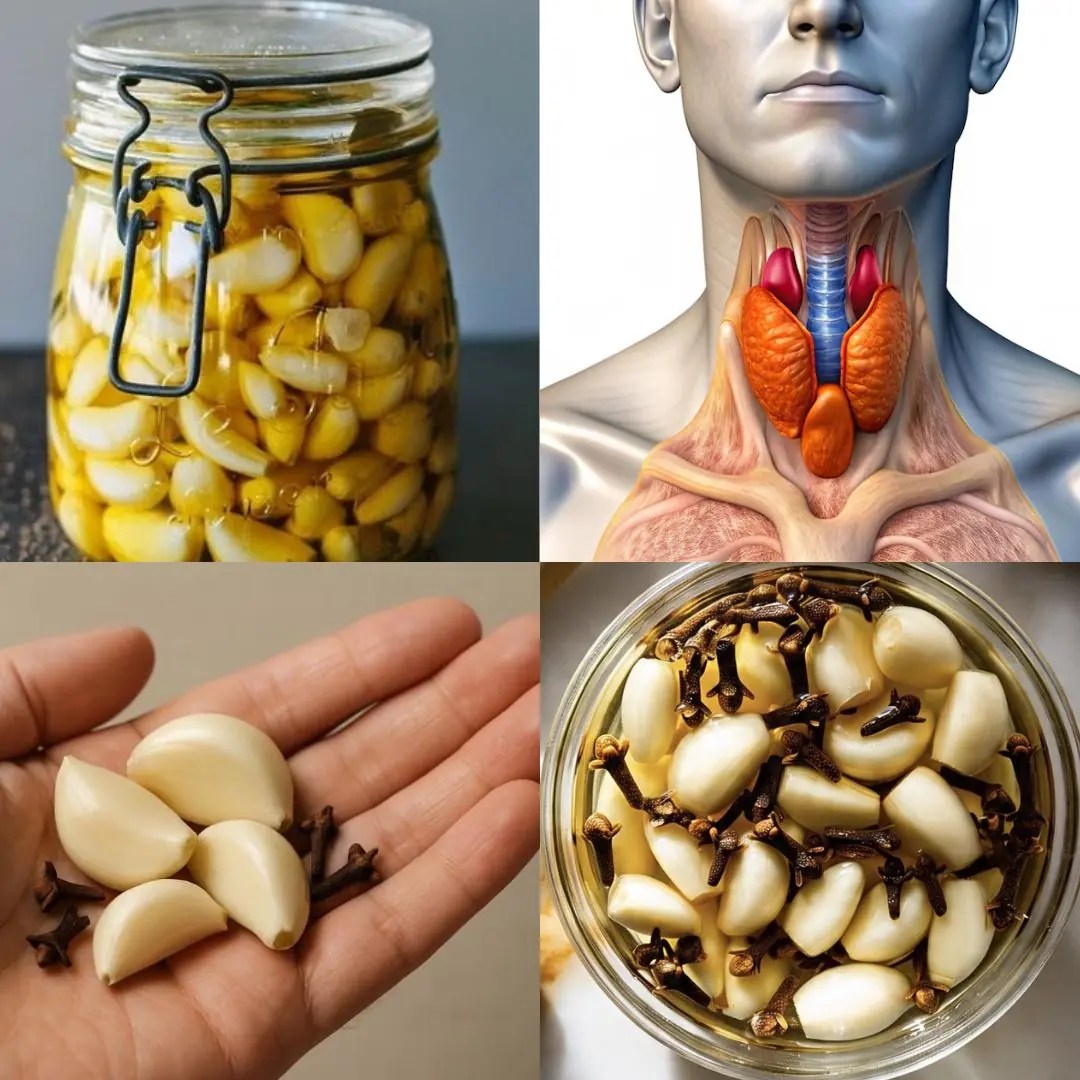
Garlic, Honey, and Cloves – a powerful natural remedy packed with health benefits

Vinegar is the key to streak-free windows and shiny surfaces, but most use it wrong. Here's the right way to use it

Haven't heard that before

You are doing it all wrong. Here’s the right way to store leftovers

10 genius tricks to revive your garden patio

You are doing it all wrong. Here’s the right way to wash towels

They look so harmless

